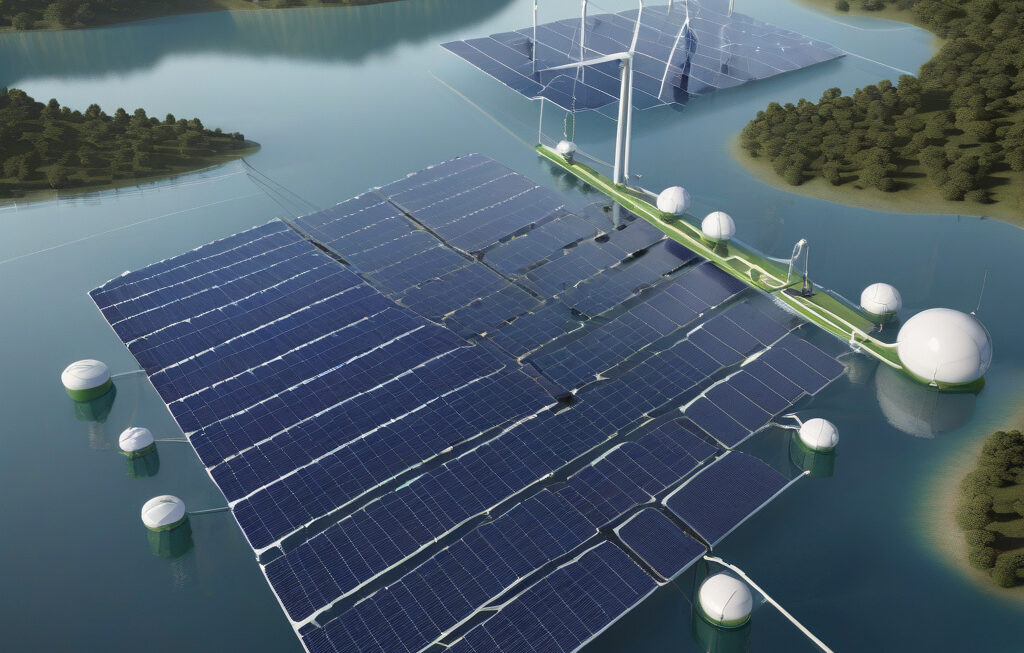World-record: 26.4% efficiency from new flexible solar cell could enable next-gen drones
Scientists at the Solar Energy Research Institute of Singapore (SERIS) have developed a new type of flexible solar cell that has achieved a remarkable efficiency of 26.4%. This breakthrough sets a new world record for the efficiency of flexible solar cells, bringing us one step closer to a future where solar-powered drones could become the norm.
The key to this innovation lies in the materials used in the solar cell. Traditional silicon-based solar cells are rigid and often heavy, making them unsuitable for applications that require flexibility, such as drones. The new flexible solar cell developed by SERIS is made from a combination of perovskite and silicon, allowing it to be both efficient and flexible.
One of the main advantages of these flexible solar cells is their lightweight nature, which is crucial for enabling drones to stay airborne for longer periods. With the high efficiency of 26.4%, these solar cells can generate more power in a smaller area, making them ideal for use in powering drones that require a high energy density.
Moreover, the flexibility of these solar cells opens up a wide range of possibilities for integrating them into various surfaces. Drones could potentially have their wings or bodies covered with these solar cells, allowing them to recharge their batteries continuously while in flight. This could significantly extend the range and endurance of drones, making them more versatile for applications such as surveillance, mapping, and even delivery services.
In addition to drones, these flexible solar cells could find applications in other areas as well. For example, they could be integrated into wearable technology, such as smart clothing or accessories, to power sensors and other electronic components. Furthermore, they could be used in building-integrated photovoltaics, where solar cells are incorporated into the design of buildings to generate electricity.
The development of these high-efficiency flexible solar cells represents a significant step forward in the field of renewable energy. As the demand for clean energy sources continues to grow, innovations like these will play a crucial role in meeting the energy needs of the future. By harnessing the power of the sun in a more efficient and versatile way, we can reduce our reliance on fossil fuels and move towards a more sustainable energy future.
In conclusion, the achievement of 26.4% efficiency in flexible solar cells by SERIS is a remarkable feat with far-reaching implications. From enabling next-generation drones to revolutionizing wearable technology and building design, these solar cells have the potential to transform various industries. As we continue to explore the possibilities of renewable energy, innovations like these will pave the way for a cleaner, greener future.
solarcell, renewableenergy, innovation, drones, sustainability












